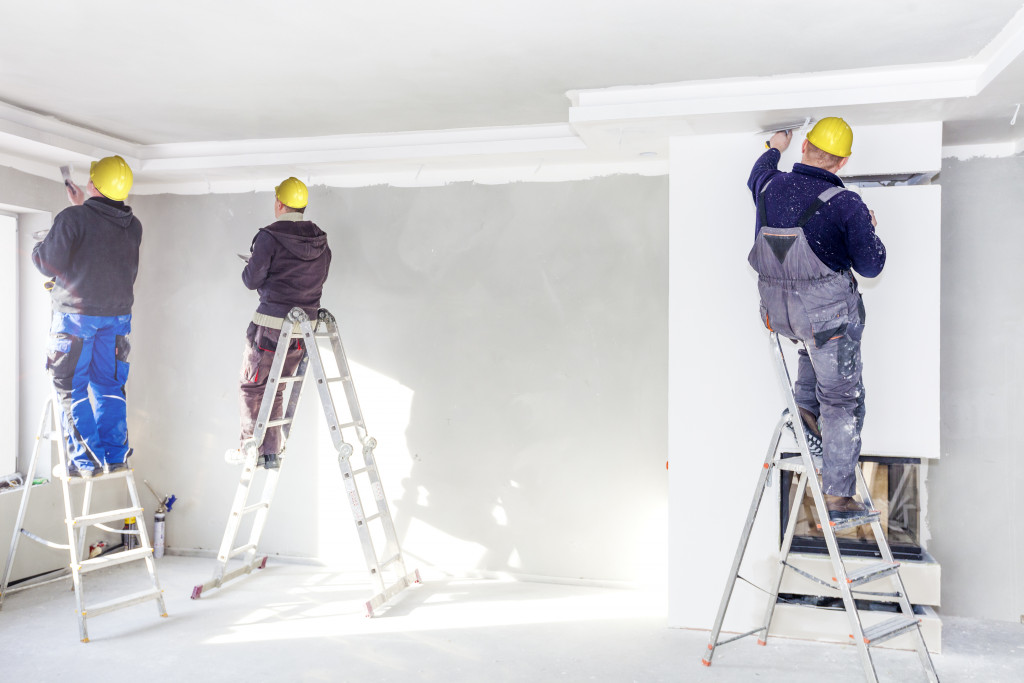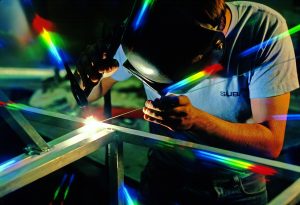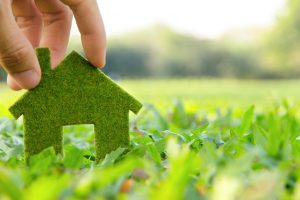Like most people, you’re probably interested in saving the environment. There are some new eco-friendly trends in homebuilding that can help you do just that! Several eco-friendly homebuilding trends can help you reduce your carbon footprint while still enjoying all the comforts of home. There are plenty of options to choose from, from energy-efficient materials to sustainable construction methods.
In this blog post, we’ll go over some of the latest green trends in a home building so you can decide if they’re right for you. Keep reading to learn more!
Use of energy-efficient materials
Homeowners are always looking for ways to save money on their energy bills, and builders are always looking for ways to build more eco-friendly homes. As a result, the latest trend in home building is using energy-efficient materials. These materials help keep homes warm in the winter and cool in the summer, reducing the need for heating and cooling systems.
In addition, they can also help reduce the amount of pollution produced by homes. This results in a smaller carbon footprint and a more sustainable home. As more homeowners and builders become aware of the benefits of energy-efficient materials, they will likely continue to gain in popularity.
Sustainable construction methods
Some of the latest trends in eco-friendly homebuilding include using sustainable materials, such as bamboo and recycled plastic; employing energy-efficient design features, such as solar panels and green roofs; and utilizing water-saving fixtures, such as low-flow toilets and rainwater harvesting systems.
For instance, some basement finishing contractors use sustainable materials, such as bamboo flooring and recycled plastic tiles, to create beautiful and eco-friendly basements. In addition, they often employ energy-efficient design features, such as solar-powered lights and green roofs, to help reduce the home’s carbon footprint.
Green building certifications
Going green is no longer a trend reserved for hybrid cars and solar panels. Energy-efficient appliances, sustainable building materials, and environmentally friendly construction methods are now commonplace in the homebuilding industry. And as more and more homeowners seek to reduce their carbon footprint, builders are rising to meet the demand. One of the latest eco-friendly trends in home building is the pursuit of green building certifications.
Leadership in Energy and Environmental Design (LEED) is one of the most well-known green building certification programs. Developed by the U.S. Green Building Council (USGBC), LEED focuses on six key areas: energy efficiency, water conservation, materials selection, indoor air quality, waste reduction, and site planning. Homes that meet LEED standards can earn four certifications: Certified, Silver, Gold, or Platinum.
The National Green Building Standard (NGBS) is another green building certification program gaining popularity among builders. Developed by the International Code Council (ICC), the NGBS focuses on seven key areas: lot design and development, resource efficiency, water efficiency, energy efficiency, indoor environmental quality, operation and maintenance, and homeowner education.
Water conservation measures
One of the latest eco-friendly trends in homebuilding is water conservation. Many homeowners are looking for ways to reduce their water usage to save money on their utility bills and help protect the environment. Several different water conservation measures can be incorporated into the design and construction of a new home.
For example, low-flow showerheads and toilets can reduce water usage in the bathroom. At the same time, rain barrels can be used to collect and store rainwater for use in the garden. In addition, greywater systems can be installed to recycle water from showers, laundry, and other household uses in landscape irrigation. By incorporating these and other water conservation measures into their homes, builders and homeowners can significantly contribute to protecting our most precious natural resource.
Natural light and ventilation
 Anyone who has ever stepped into a stuffy, cramped room knows that good ventilation and natural light are essential for creating a comfortable living space. And it turns out that these elements are also crucial to designing an eco-friendly home. Poorly ventilated homes are more prone to moisture buildup, leading to mold and mildew growth. In addition, rooms inadequately lit by natural light tend to rely more on artificial lighting, which consumes energy and results in higher electricity bills.
Anyone who has ever stepped into a stuffy, cramped room knows that good ventilation and natural light are essential for creating a comfortable living space. And it turns out that these elements are also crucial to designing an eco-friendly home. Poorly ventilated homes are more prone to moisture buildup, leading to mold and mildew growth. In addition, rooms inadequately lit by natural light tend to rely more on artificial lighting, which consumes energy and results in higher electricity bills.
By contrast, homes designed to maximize natural light and ventilation can save money on energy costs while also promoting better indoor air quality. As more and more homeowners look for ways to reduce their environmental impact, natural light and ventilation will likely continue to be popular trends in homebuilding.
The bottom line
Eco-friendly trends in homebuilding are becoming more popular as homeowners seek to reduce their carbon footprint. Green building certifications, water conservation measures, and natural light and ventilation are just a few of the latest trends in eco-friendly homebuilding. By incorporating these features into their homes, builders and homeowners can positively impact the environment.






